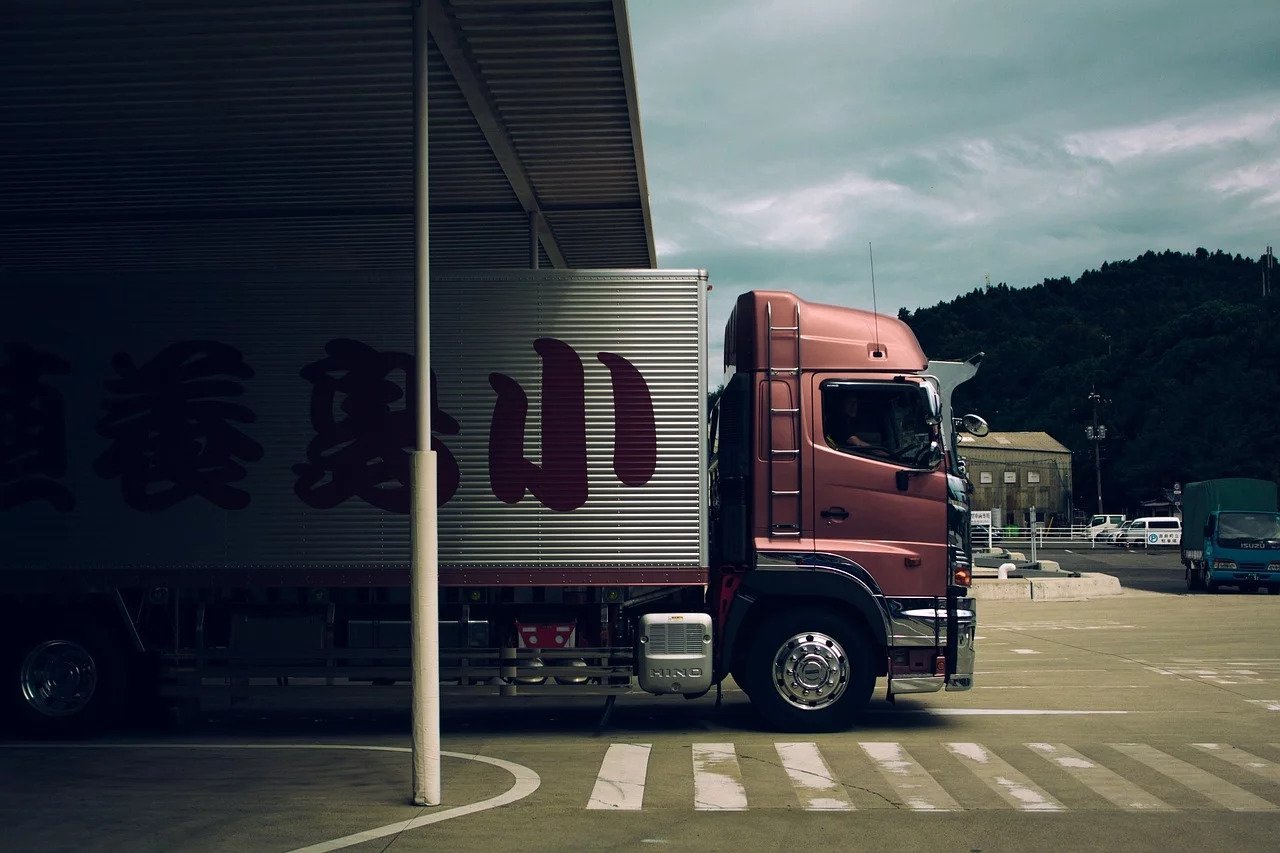
Road Transport Services: Know the Difference Between LTL & FTL
The logistics sector of India greatly depends on the Road transport services for freight transportation, which are further classified into two modes- LTL and FTL. Many people don’t have clarity about LTL (Less-than-truckload) vs FTL (Full Truckload), due to which they end up availing inappropriate trucking services or road transportation services at the time of freight shipment. In this post, we have discussed everything about these two trucking solutions and can ensure that after reading this piece of content, you’ll be able to avail the right service as per your needs.
Table of Contents
What is Freight Shipping Means?
Freight shipping is the procedure of transferring goods and commodities via land, air or sea. Commonly preferred modes of road transport services include Full Truckload (FTL), Less than truckload (LTL), and intermodal.
Though the term “shipping” was earlier used when goods are to be transported by ship but now with the advancement in the logistics industry, this term means good transportation by train, truck, plane, or ship. These days the worldwide freight shipping is possible through Ocean Freight, Air Freight, Road Transport Services, and Train Freight.

Recommended Read: Facts You Need To Know About Ocean Freight Services
Here in this post, we are going to explain Road transport Services terms – FTL & LTL.
What is LTL Shipping Means?
Less than truckload (LTL) freight shipping is appropriate for transporting the small-sized freight or when cargo doesn’t need the whole trailer. This road transport shipping method is wise to choose when consignment weighs between 150 and 15,000 pounds.
In the case of LTL freight shipping services, the transporter pays for the area of a typical truck trailer their cargo occupies, while the unoccupied space is used by the shipments of other shippers.
What are the Advantages of Less Than Load shipment?
There are a number of advantages of LTL shipping, including the ones discussed below:
Cost Reduction:
When availing trucking services for an LTL shipment, you just have to incur the expense for the amount of space in the trailer used by your consignment. The trucking company offers left-out space to other shippers.
Enhances Security:
Most LTL freights are packed onto pallets prior to loading onto a truck. A single well-wrapped pallet has a better probability of remaining safe than cargo with several smaller handling units.
Additional Service Choices:
When transporting via LTL, you have access to additional services such as liftgates and inside pickup/delivery, etc.
Tracking:
You get LTL freight shipping tracking capabilities via the bill of lading number.
Recommended Read: Logistics Solutions : 3 Simple Steps to Reduce Logistics Costs & Delays in Your Supply Chain
How does LTL Freight work?
You must know the procedure of LTL freight shipping. We have discussed each step clearly below:
Dimensions:
Measure the dimensions of the shipment and round up the length, width, and height to the next unit. Exact measurements are important for carriers to increase their capacity as well as for avoiding fee adjustments.
Documentation:
The BoL or Bill of Lading should be completed as precisely as possible to provide to the carriers when they reach. This document serves as a receipt for the goods to be shipped.
Packaging and labelling:
Load goods onto pallets to accommodate them in less space and protect your consignments. Heavy items should be kept on the bottom of crates. A label is then pasted on the side to easily recognize which crate contains what goods.
Recommended Read: Top 10 Challenges Logistics Companies In India Are Facing
How are LTL Rates Determined?
These four factors influence LTL rates:
Location:
The distance is directly proportional to the LTL cost. So, if the distance between pickup and delivery location is more then cost will also be higher.
Dimensions:
The weight and dimensions of the consignment assist to determine the freight slot that directly changes the rates.
Mode:
LTL consignments can be shipped faster, usually for an extra fee.
Type:
A shipment that needs special handling or material such as hazardous material, perishables, etc will likely result in higher freight costs.

Recommended Read: How to get the Freight Services at Lower Freight rates
What is FTL?
A truckload (TL) or Full Truckload (FTL) is a freight mode for larger consignments that generally take up more than 50% and up to the 100% of a 48-inch or 53-inch trailer. This road transport service model is commonly used when transporters have sufficient items to fill a trailer, want their all consignments in a trailer, the goods are time-sensitive or when the shipper is looking for the more cost-effective alternative than hiring more than 1 truck for shipments.
What are the advantages of Full Truckload?
Faster transit times:
Consignments that are shipped with full truckload freight shipping services generally reach their destination faster than goods that are shipped via LTL.
Less probability of damage:
Full truckload cargo is usually less prone to damages as they are not transhipped multiple times just like LTL shipments.
Costs:
If consignments are large enough to take up the entire space of a truck or trailer, it could be economical than multiple truck hiring for LTL shipments.
Recommended Read: Top 5 Benefits of Using Air Freight Services

What determines Full Truckload Shipping Rates?
Full truckload shipping rates are calculated based on the several variables that include:
- Mileage
- Availability of truck lane
- Type of trailer required
- Seasonality
- Lead time
- Fuel costs
What is the Difference Between FTL and LTL Freight transportation?
Freight that doesn’t need the whole space in a truck is considered as LTL shipping, or Less than Load freight whereas full truckload (FTL or TL) cargo occupies the entire truck space.
Now you can easily understand the right option for your freight shipment needs. If you have any query related to FTL and LTL, do let us know by commenting below.




